Everyone agrees that gardening is good for us and the planet. If only we could all have a patch of green in which to grow our very own food, perhaps the world would be a better place.
Maybe we can.
The mention of farming or homesteading probably brings to mind images of sprawling acres and rolling hills – and you’re not alone. There’s a misconception that a lack of space leads to a severely limited harvest. The good news however is that, much like architecture and interior design, it’s all about the use of space and light – whether you’re planting indoors or out. For those living in smaller spaces, a home harvest is still possible; it just requires a little creativity.
Start Your ‘Stead
If you’ll be planting your crops indoors, the greatest challenge will be light. You’ll need an east- or south-facing window with a minimum of 6 hours of sunlight a day for best results. This can be challenging, especially in winter or big cities, so a popular solution is to provide plants with LED grow lights. Nowadays you can find lightweight grow lights in a variety of sizes for gardens of all types.
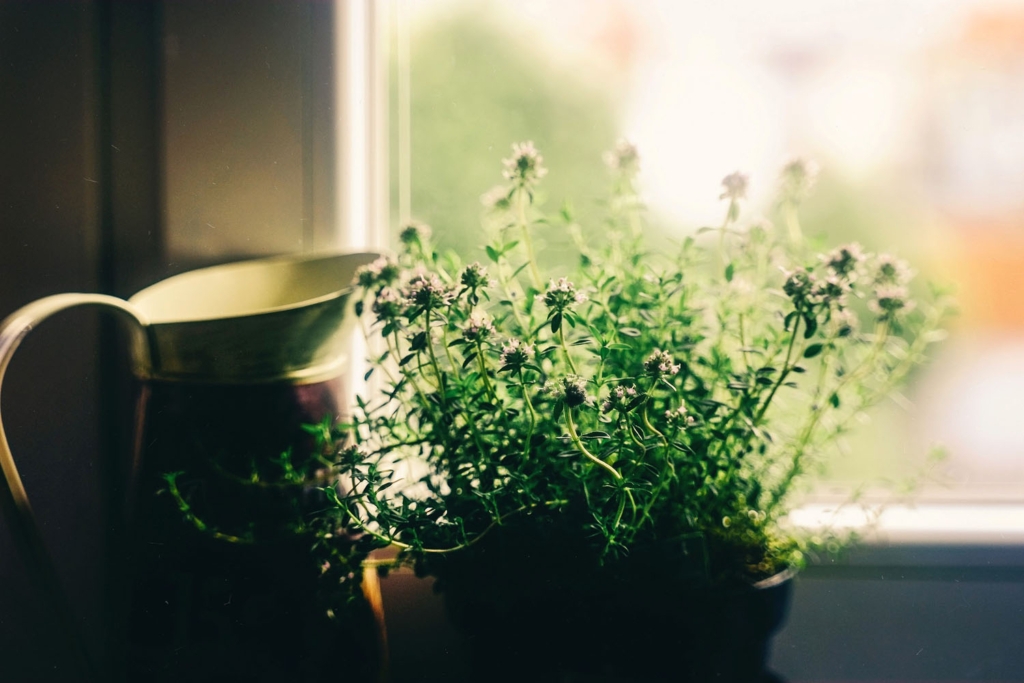
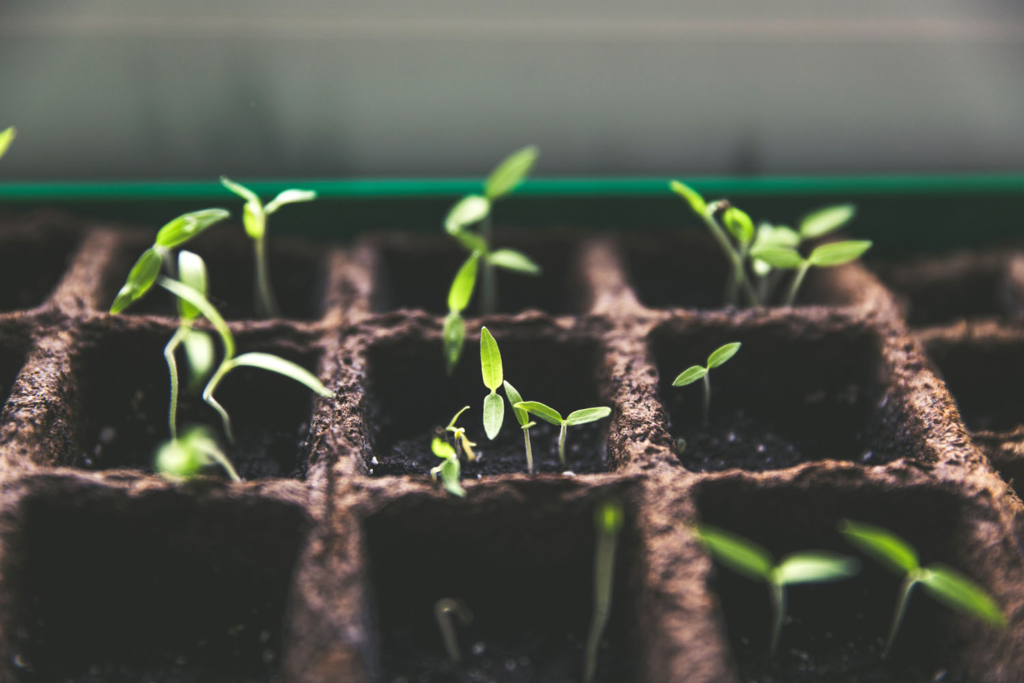
Should you be lucky enough to have an outdoor space like a rooftop, balcony or even a small garden patch, there are plenty of tricks for making the most of every square centimetre. With sun and rain to assist, even amateur green thumbs can garner great results with minimum effort.
Get Vertical
If you’ve got a sunny and expansive space to work with, you can grow plenty in potted planters. Otherwise, if your garden is small, use your walls: As an avid homestead blogger and founder of Chickens and You, Jessica Woods recommends starting with wall-mounted shelves or boxes – pallet boxes especially – which she says look great and last forever.
Many self-contained vertical gardens come with their own watering systems, and some smaller modules are equipped with absorbent fabric inside and only require occasional watering. Look for the type with the simplest watering system you can find, to avoid dealing with electric pumps that require regular maintenance.
You could also consider DIYing your own.
Woods advises: “Once your wall mount is secure, choose plants that do not need huge amounts of space for their roots. Herbs and chilies work wonderfully for this. The great part about it is that if you love using fresh herbs and chilies in your cooking, you’ll save a lot each month on your grocery bill!”
Other plants that thrive in vertical and wall gardens include miniature versions of aubergines, peppers, cucumbers and some tomato varieties.
If you’re hot to plant some chilies, follow the advice of architect and veteran Manhattan community gardener Elizabeth Hardwick, who agrees that they make an ideal addition to any small-space garden: “They come in beautiful shades of red and purple fruit, and yield multiple peppers per plant. Plus, they only need partial sun, so simply put them near a window – and be sure to water them a little every day, as they are a very thirsty plant. Great news for frequent travellers is that if you happen to forget to water them, they are very forgiving and won’t keel over like most delicate herb plants.”
Pot That Plant
Hardwick is also no stranger to optimising space – after all, in her day job she’s a New York City architect. In addition, she’s spent more than a decade helping tend a community garden in a pocket of Lower Manhattan.
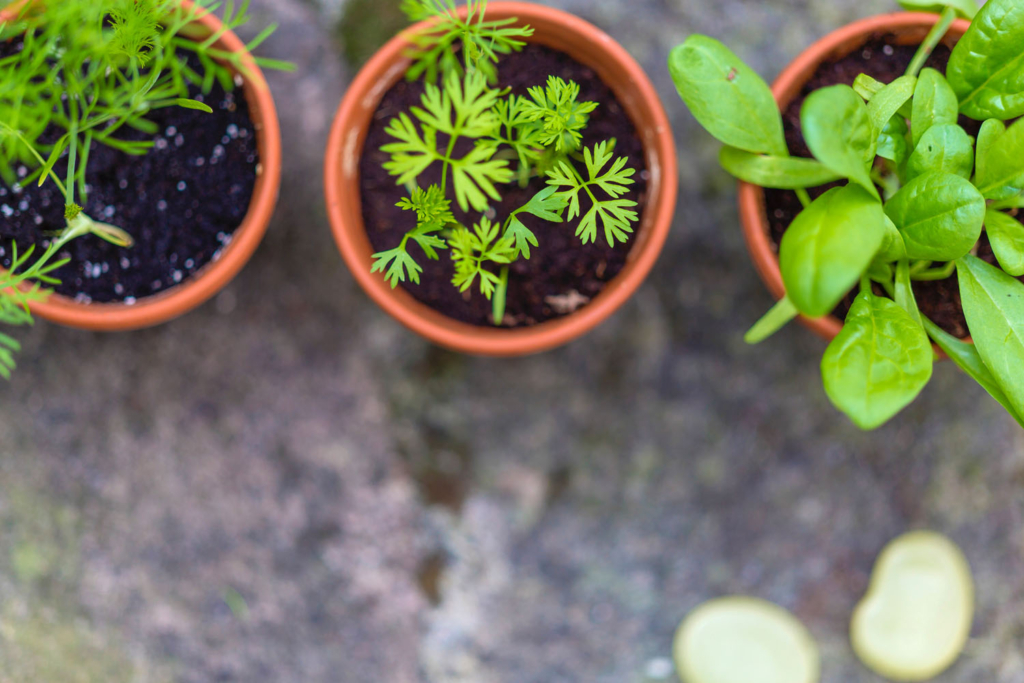
She explains: “Raised beds are a gardener’s dream! Everything can be carefully controlled in a container: soil, fertiliser, watering system, location and, as a plus, you don’t have to worry about infiltrating root systems from adjacent plants.”
Hardwick recommends a container or raised bed that has excellent drainage, and will accommodate any potential growth for your proposed crop. Set the container in a location that gets plenty of sun, avoiding windy spots and any areas that animals might wander through who see your beautiful garden as a rest stop (or buffet).
Also, make sure the container is deep enough to allow for potential root growth. For any climbing crops, set the container adjacent to a support, for example a fence or sturdy trellis. Easy plants to grow include: lettuces, kale, climbing beans, zucchini, cucumber, carrots, chard, tomatoes, pumpkins, ground cherries and squash of all types.
Watering methods vary, and smaller containers tend to dry out quickly, so a soaking system is a good choice, or mere daily diligence with a watering can or spray hose during the dry season.
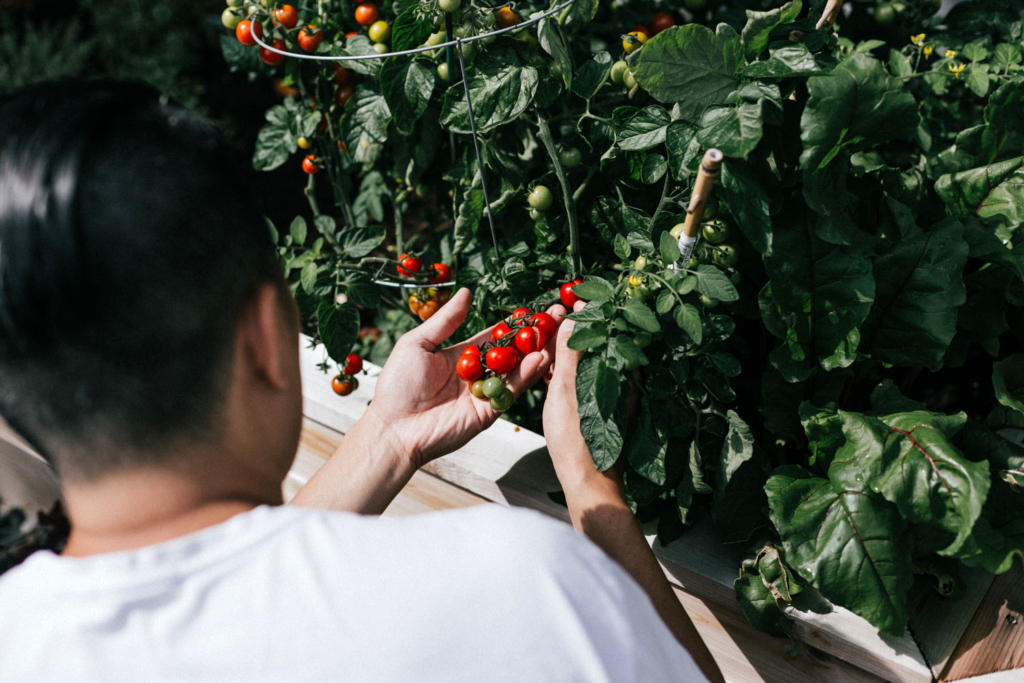
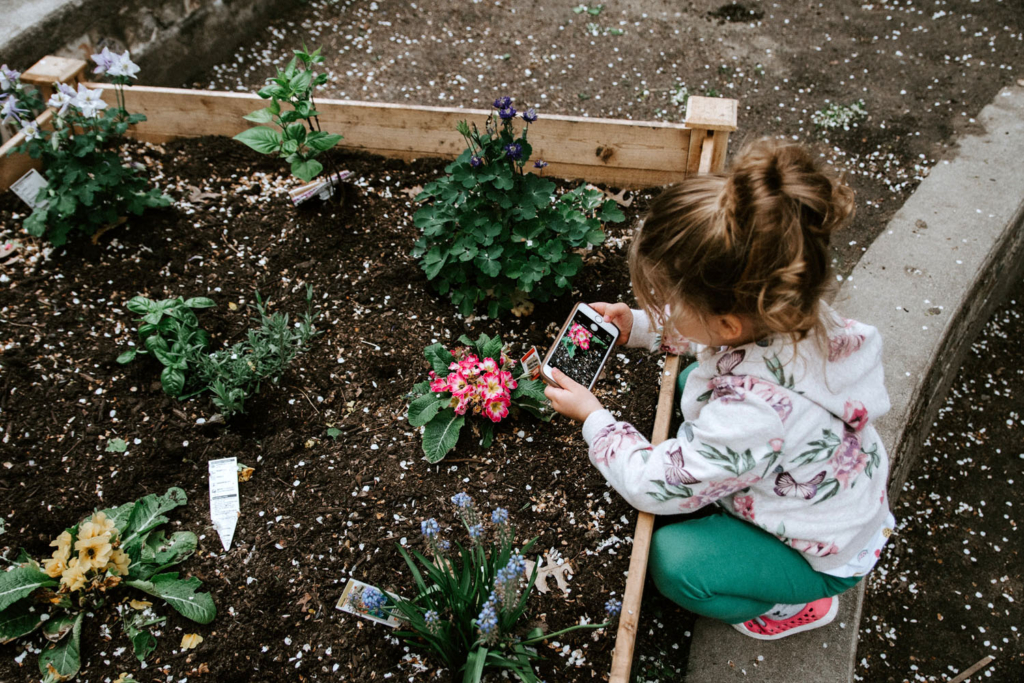
If you’re planting directly in the ground, make sure to give your soil a boost of fertiliser every season, and start a small compost heap to improve soil health.
Go Back To Front
Los Angeles-based garden consultant and founder of Coastal Homestead Edible Gardens, Chia-Ming Ro first started growing her own food as a child alongside her mom, because familiar Asian fruits and vegetables were either hard to find or prohibitively expensive.
According to Ro, even Angelinos with huge backyards often prefer to keep their edible gardens small and compact. Inside or out, she likens every planting plan to a class group photo. The largest plants in the back, so they don’t overshadow the small ones, allowing for the shorter plants to also get sun.
Make Yours Micro
More than just a millennial food trend, microgreens are another great option for edible gardening in tight quarters. Just ask former corporate lawyer Rachel Haber, who now works full-time running her company KnowingNature, with the mission to help people in small living spaces grow nutritious microgreens all year round, using planters and kits for every imaginable windowsill.
Haber is a huge proponent of cultivating these wholesome shoots at home – not only for their health benefits, but also as a way of reducing our food miles and bringing more nutrition back into our daily diets. Haber explains that, as more and more people move to urban centres each year, feeding all those people requires shipping in ever-increasing amounts of food from around the world. This means picking the produce before it reaches the height of its taste and nutrition, often losing valuable nutrients in transport as a result.
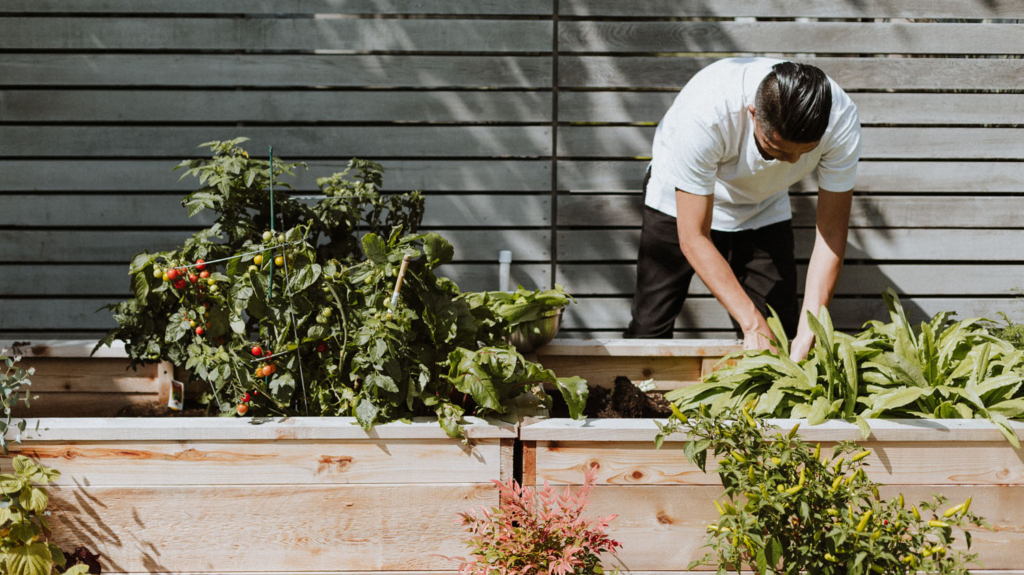
When In Doubt, Buy Some Sprouts
If all of this prep sounds daunting, local farmer’s markets in the spring often carry small plants that have been started in greenhouses, so you can reap some instant rewards from plants that might be tricky to start from seed, such as herbs and certain types of vegetables.
Micro-farming doesn’t need to be difficult or time-consuming, and there are no prizes to win. As any true gardener knows: regardless of whether you have an expansive kitchen garden, a small terrace or a mere window box, it’s all about growing what you love.

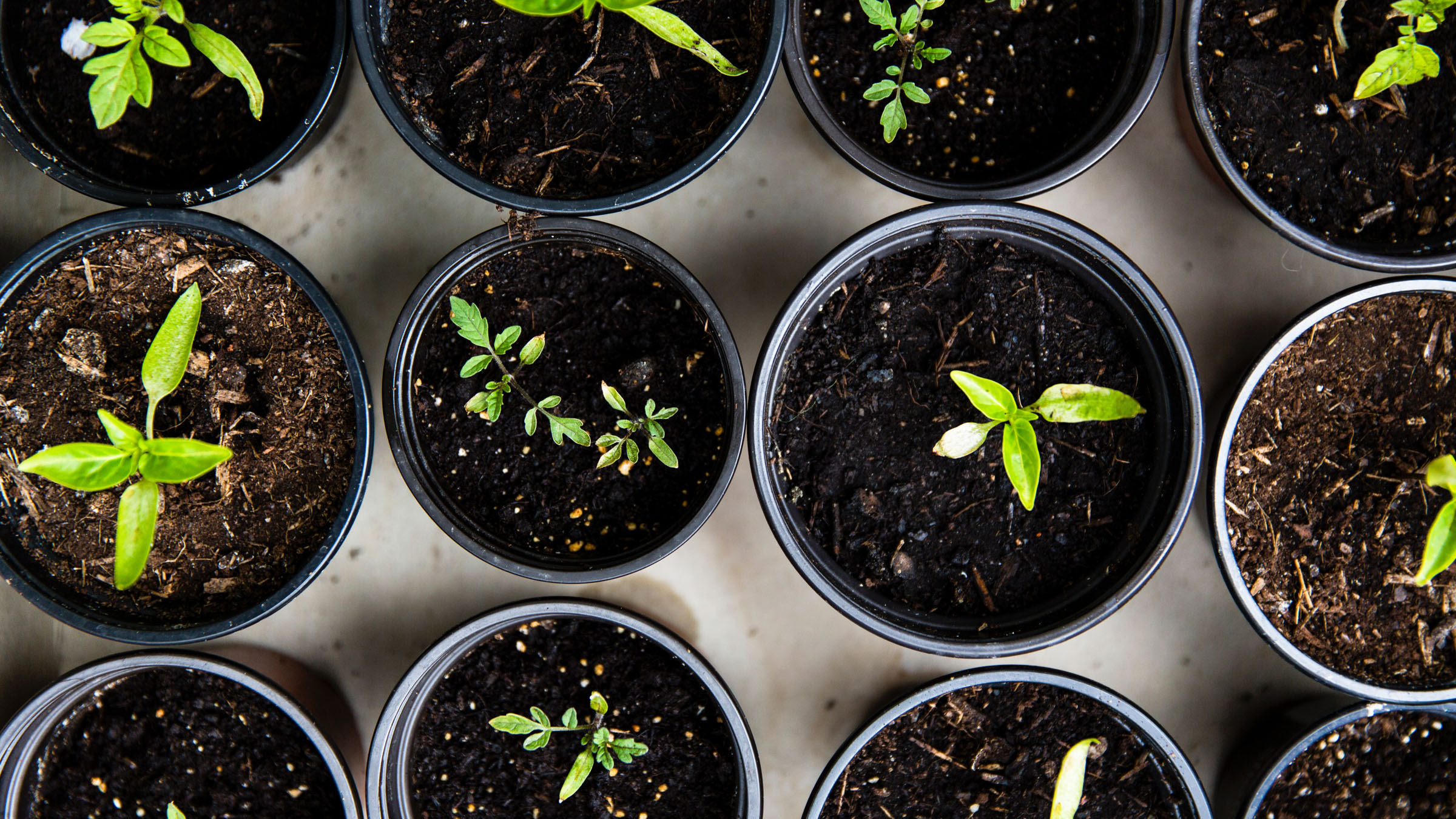







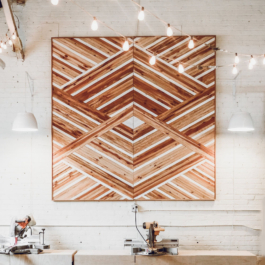
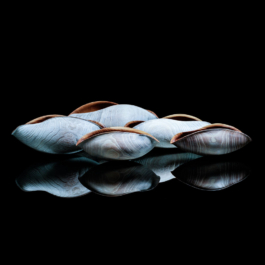
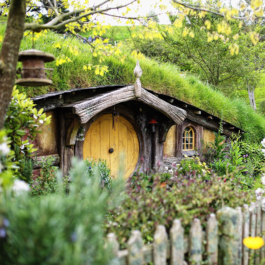


Sorry, the comment form is closed at this time.